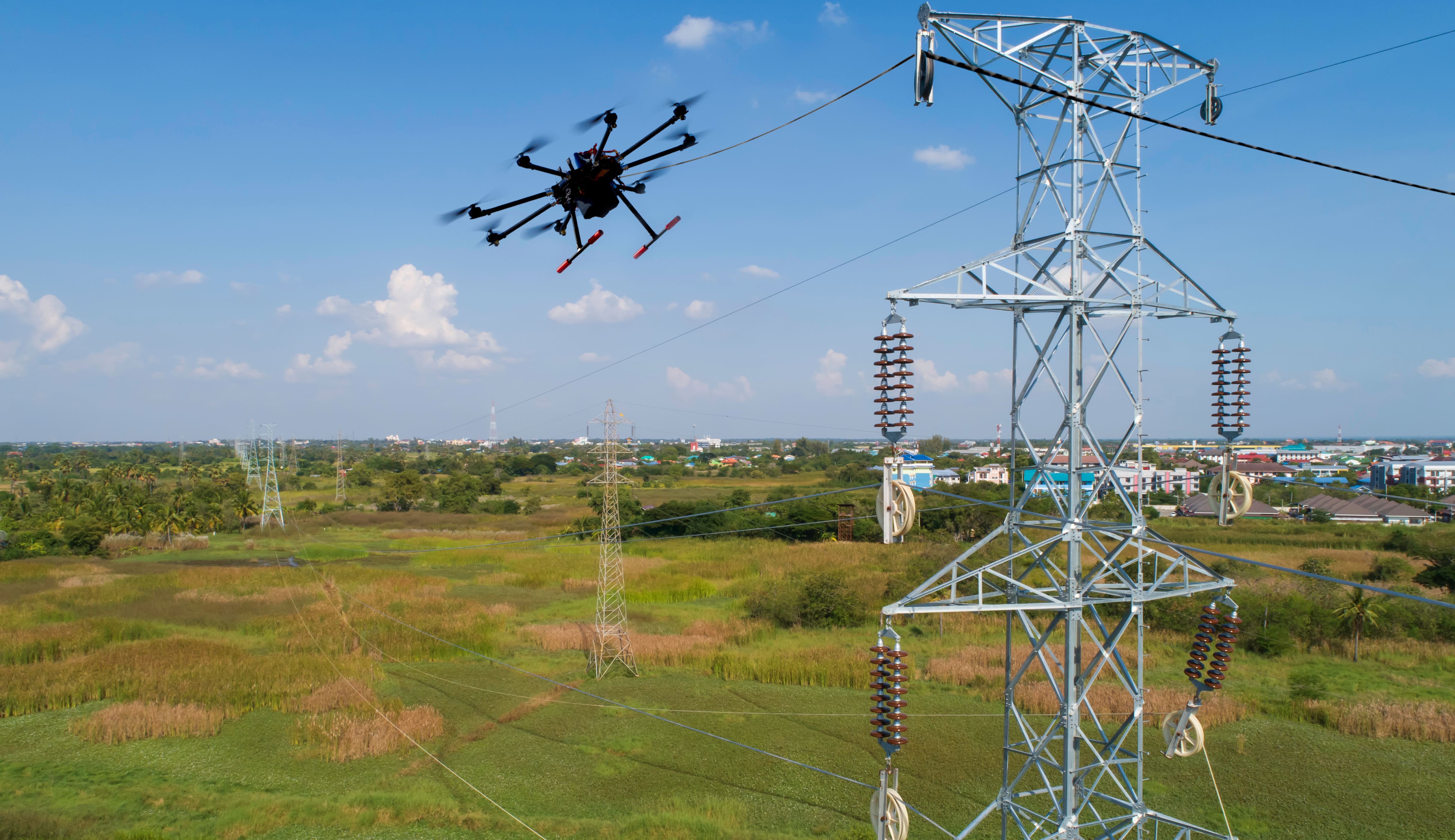
Drones – unmanned aerial vehicles (UAVs) – are changing the future of many industries with their capability to fly without a human pilot and still be able to communicate the data they collect with a ground-based controller. But one application of drones, which is transforming a core industry as a whole is: utilities.
Benefits of Drones
Utility companies that build and maintain infrastructures needed to provide electricity, gas, water, etc, perform some of the most dangerous jobs in the world.
Working deep underground or high in the air, in difficult locations and through large-scale natural disasters to repair and build services, safety is a primary concern at utility job sites. Workers are regularly risking their lives. Inclement weather or other environment factors often delay schedules.
By removing the human component in reconnoitering and other utility-related work, drones are proving to be a God-sent technology that is enhancing both safety and efficiency. For example, a drone can inspect a 100-km segment of gas pipeline in an hour. It would have taken several weeks to complete in the past. The cost of manned aircraft inspection of high-voltage transmission line is $1,000-$2,000 per hour, but by using drones for the same job, the costs can be reduced to as little as $200-$300 per hour!
When it comes to the benefits of this technology for the utility industry, we have barely scratched the surface. With survey-grade mapping software and aerial imaging, there is no limit to what applications they can be employed for. Experts predict that the future of drone technology involves a 5G connected aircraft that can be commanded and controlled from anywhere in the world and allow safe operations beyond `visual line of sight’.
But until drones reach that level of sophistication, there are other ways they are already revolutionizing the industry.
Drones Current Utility Operations
Here are 11 utility jobs they perform:
- Inspecting transmission and distribution lines for wear-and-tear, corrosion, lean, sag and breakage in equipment.
- Providing data for line-of-sight analysis.
- Detecting leaks in gas pipelines.
- Inspecting underwater intake pipes as well as aqueducts and canals
- Wind turbine preventive maintenance work and documenting bird mortality at wind farms.
- Inspecting ash ponds and coal stacks.
- Locating problems in malfunctioning solar panels.
- Calculating volumes of coal stockpile.
- Patrolling for damaged fencing or criminal activities in remote, unguarded areas.
- Documenting the impact of disasters like floods, storms and landslides.
In conclusion, the list of what drones can do goes on and on…



